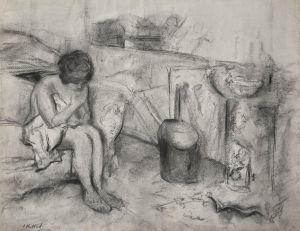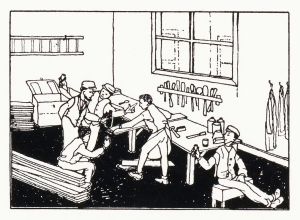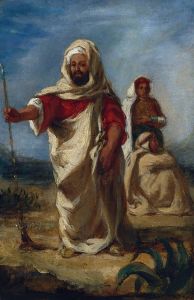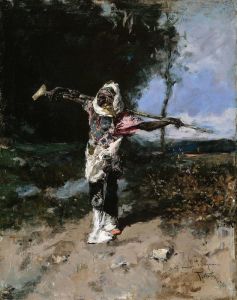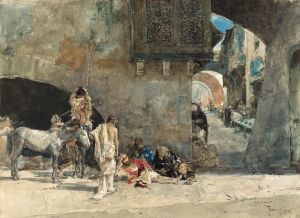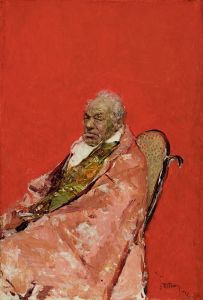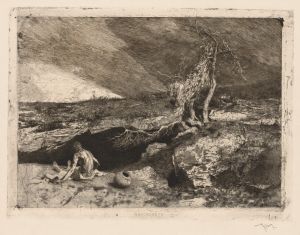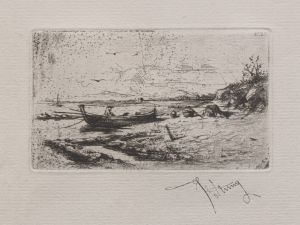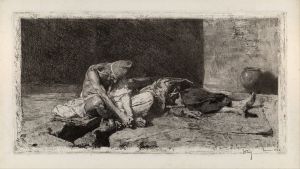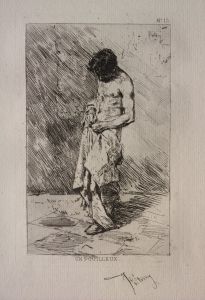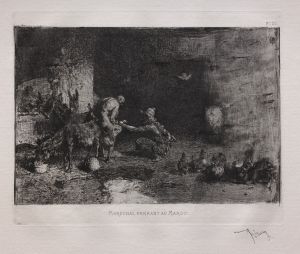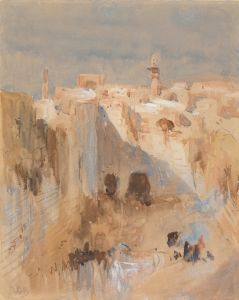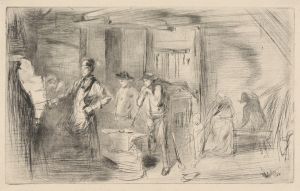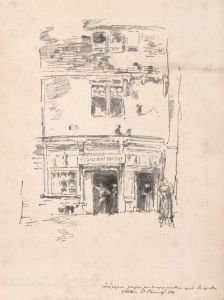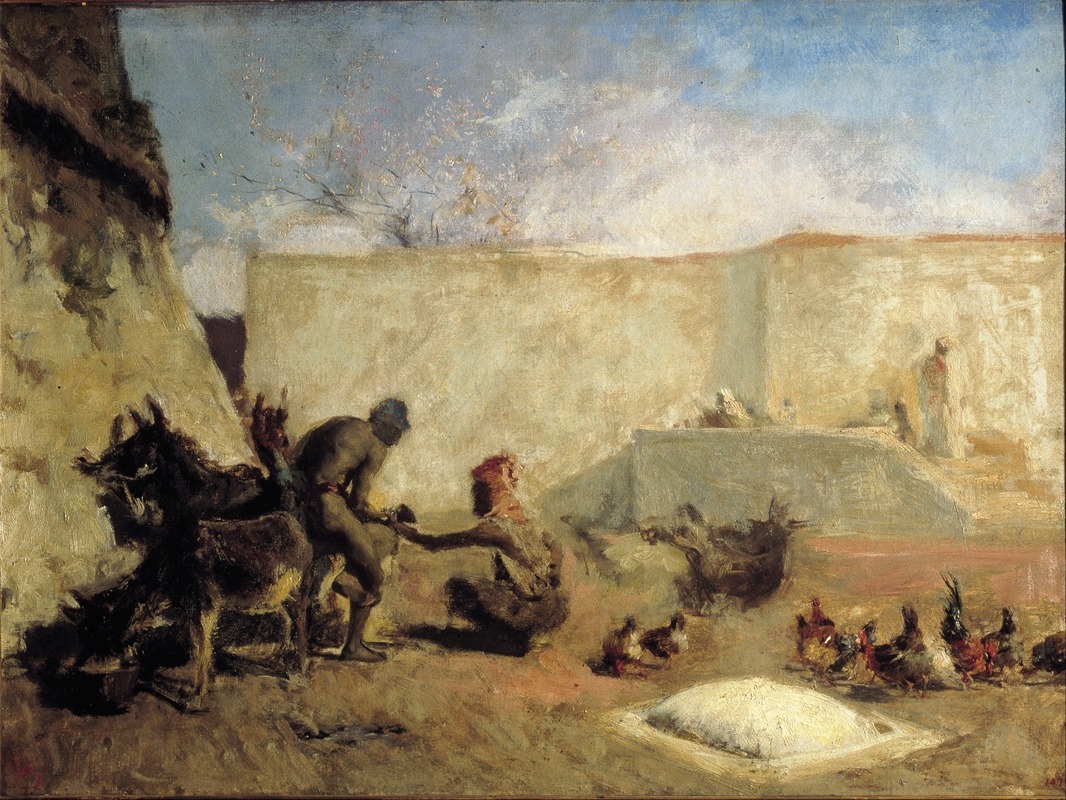
Moroccan Horseshoer
A hand-painted replica of Mariano Fortuny Marsal’s masterpiece Moroccan Horseshoer, meticulously crafted by professional artists to capture the true essence of the original. Each piece is created with museum-quality canvas and rare mineral pigments, carefully painted by experienced artists with delicate brushstrokes and rich, layered colors to perfectly recreate the texture of the original artwork. Unlike machine-printed reproductions, this hand-painted version brings the painting to life, infused with the artist’s emotions and skill in every stroke. Whether for personal collection or home decoration, it instantly elevates the artistic atmosphere of any space.
"Moroccan Horseshoer" is a painting by the Spanish artist Mariano Fortuny Marsal, also known as Marià Fortuny i Marsal. Fortuny was a prominent 19th-century painter, renowned for his detailed and vibrant works that often depicted exotic and historical themes. Born in Reus, Catalonia, in 1838, Fortuny became one of the most influential Spanish painters of his time, contributing significantly to the Romantic and Orientalist movements in art.
The painting "Moroccan Horseshoer" is an exemplary piece of Fortuny's fascination with Orientalism, a trend in 19th-century European art that sought to capture the culture, people, and landscapes of North Africa, the Middle East, and Asia. This interest was partly fueled by European colonial expansion and a growing curiosity about the "exotic" East. Fortuny's travels to Morocco in the 1860s had a profound impact on his work, providing him with firsthand experience of the region's vibrant colors, intricate patterns, and dynamic street scenes.
"Moroccan Horseshoer" depicts a scene from everyday life in Morocco, focusing on a farrier at work. The painting is notable for its meticulous attention to detail and the vivid portrayal of textures and light. Fortuny's skillful use of color and light brings the scene to life, capturing the atmosphere of a bustling Moroccan street. The composition is carefully balanced, with the central figure of the horseshoer drawing the viewer's attention. The artist's ability to render the play of light and shadow adds depth and realism to the scene.
Fortuny's work is characterized by its technical precision and the ability to convey a sense of immediacy and movement. In "Moroccan Horseshoer," these qualities are evident in the lifelike depiction of the figures and the dynamic composition. The painting reflects Fortuny's interest in capturing the nuances of human activity and the cultural richness of the places he visited.
Throughout his career, Fortuny was celebrated for his ability to blend realism with a romanticized vision of his subjects. His works often featured a high level of detail and a vibrant palette, which became hallmarks of his style. "Moroccan Horseshoer" is a testament to Fortuny's mastery of these elements, showcasing his ability to create a vivid and engaging narrative through his art.
Fortuny's influence extended beyond his lifetime, impacting both his contemporaries and later generations of artists. His work contributed to the popularity of Orientalism in European art and inspired other artists to explore similar themes. Despite his relatively short life—he died in 1874 at the age of 36—Fortuny left a lasting legacy through his innovative approach to painting and his ability to capture the essence of his subjects with precision and empathy.
Today, "Moroccan Horseshoer" is appreciated not only for its artistic merit but also as a historical document that offers insight into the cultural interactions between Europe and North Africa during the 19th century. Fortuny's work continues to be studied and admired for its technical brilliance and its role in the broader context of art history.





